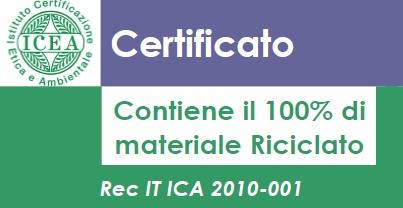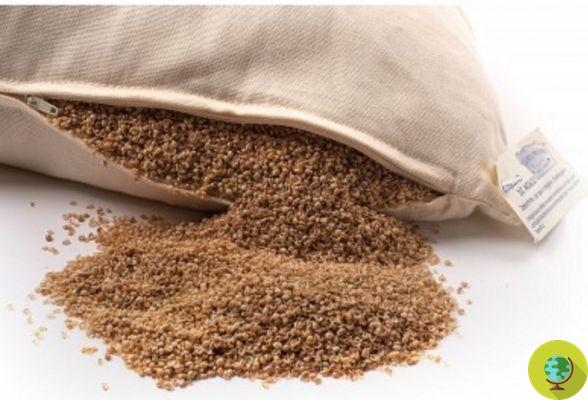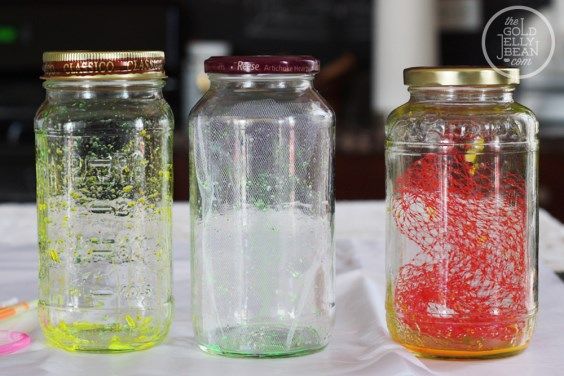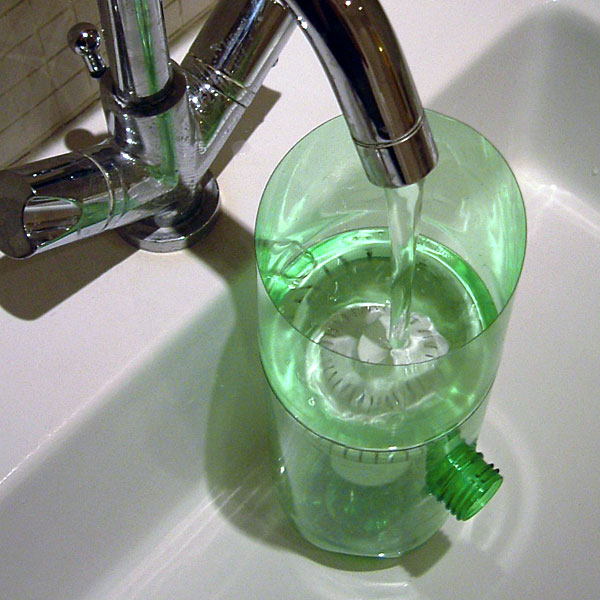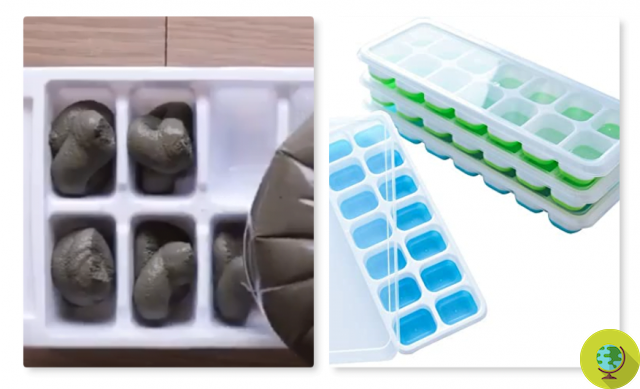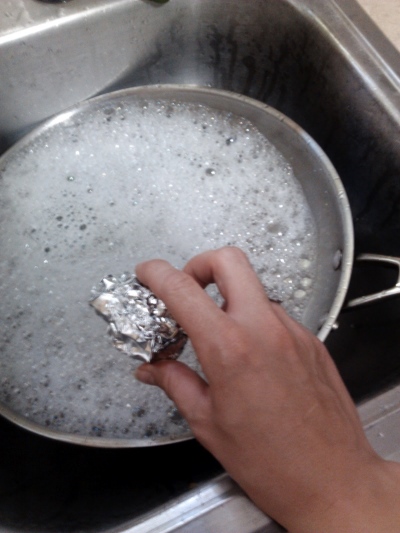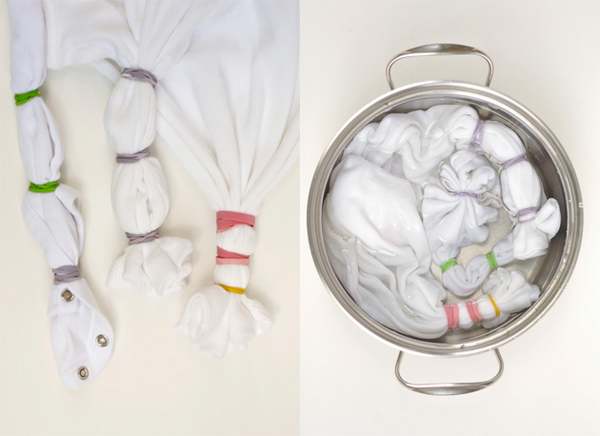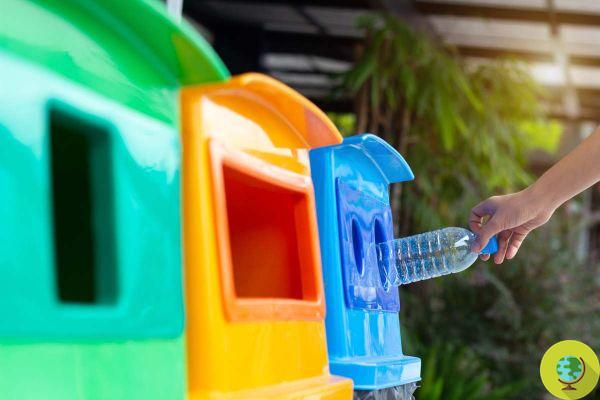Rain water. Recovering rainwater means having a precious resource at your disposal, which allows you to avoid water waste related to the use of drinking water even when it is not necessary. Let's think, for example, of the irrigation of vegetable gardens and gardens. Collecting rainwater offers at least 5 advantages and possible uses that should not be underestimated.
He is about to end up run over, his mother saves him
Retrieve therain water it means having a precious resource at your disposal, which allows you to avoid waste of water linked to the use of drinking water even when it would not be necessary. Let's think, for example, of the irrigation of vegetable gardens and gardens.
Recovering rainwater offers almeno 5 advantages and possible uses not to be underestimated. Savings on the bill are guaranteed.
Index
Rainwater recovery: advantages and uses
1) Collected and filtered rainwater can be used for house cleaning and for the laundry. Its cleaning effectiveness is greater and allows you to save both on drinking water and on the use and purchase of detergents and descalers for the washing machine.
2) The use of rainwater is suitable for toilet flush without fear of limescale build-up. Rainwater does not contain any.
3) Water garden e garden without wasting water and saving on drinking water.
4) Thanks to special collection systems, rainwater can also be used forpersonal hygiene, to fill the bathtub and to brush your teeth, as well as for the shower.
5) The use of rainwater is recommended for cleaning floors and for washing dishes by hand, as well as bycars.
Rainwater for irrigation
One of the simplest systems for collecting rainwater for irrigation purposes is to place one or more tanks rather capacious. Even those who have a balcony or terrace can collect rainwater, placing some buckets in the most suitable points. This will allow to water plants, vegetable garden and garden during the summer months without resorting to drinking water and avoiding the restrictions and sanctions of the municipal ordinances about.
By contacting an installer, or by opting for the do-it-yourself and based on the special tools that are on sale, it will be possible to combine the collection of rainwater with a system of drip irrigation of the garden, which will allow the rational use of water resources.
Also read: The best methods for watering plants when you go on vacation
Self-built rainwater harvesting plant
With a little dexterity it is possible to build a rainwater collection system. The system we present to you was built within the project Living in style promoted by the Municipal Administration of Portogruaro (VE). The “open source” project was published on the web in such a way that it could be an inspiration for other citizens looking for information and tools for saving water. The system is based on the idea of taking rainwater that falls, during the rains, from one or more existing rain pipes, i.e. coming from the roof, and conveying it to a tank that acts as a temporary accumulation.
It is necessary to pay particular attention to the choice of the place of the house in which to place the tank and its height from the ground. At least one must be connected to it distribution pipe rainwater. There are numerous types of pipes and collection tanks on sale. For the vegetable garden and the garden it may be useful to have a timed tap to automate watering.
You can follow them step by step online instructions for the self-construction of the plant.
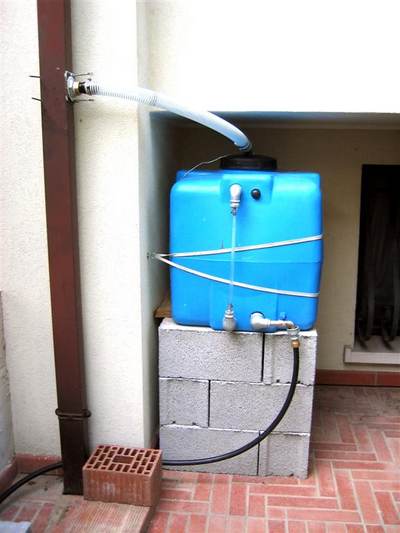
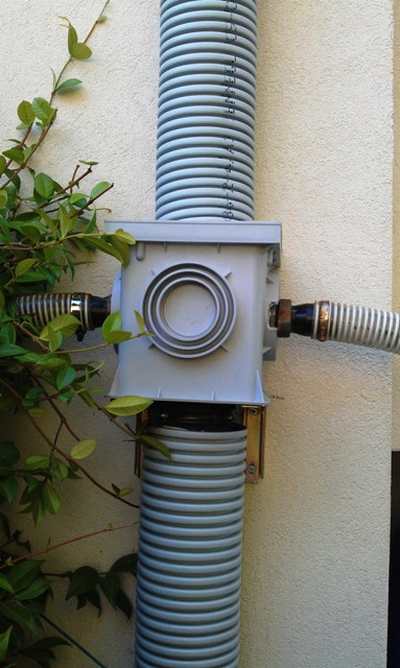
photo source: tiscali.com
Installation of a rainwater recovery system
Following the images of the video that we propose you will understand how simple it can be to install a plant for the collection of rainwater for outdoor or garden. After purchasing the necessary tools, you can proceed todo-it-yourself installation. The rainwater collection systems allow it to be recovered from the roofs, filtered, stored in tanks and reused for the garden or for domestic use. For further information, please visit the website www.recuperoacquameteo.com
Collect rainwater with a bottle
Those who wish to experience in a simple way the collection of rainwater can try to resort to municipalities plastic bottles. You will also need to keep their caps aside and get some electrical tape. It is necessary to cut the caps keeping only their ferrules. One of the two bottles will need to be cut in half to form a funnel. Join the caps one on top of the other with electrical tape and screw them on the neck of the two bottles. You will thus obtain a single system consisting of a bottle with a built-in funnel.
Everything will be positioned in a point where it will be possible to collect rainwater. A even simpler system consists of inserting a normal funnel in a glass or plastic bottle, so you get a little do-it-yourself tank for its collection. You can place it on the balcony, in the garden or below the drainage point of a gutter.
Collecting rainwater with a tank
'Sinstallation of a rainwater recovery system with tank proceed as follows:
1) First you need to prepare a system of pipes that allow the collection of rainwater from drainage points, for example with regard to roofs and gutters. The pipes must be connected to an accumulation tank.
2) It is imperative to place a filter for rainwater. Its location must allow the water to be filtered before reaching the tank. In this way there will be uniquely within it clean water and free of residues such as leaves and rubble. The water it will not be drinkable but it can be used for watering and household cleaning without problems.
3) After positioning the filter, you can install the tank, connecting it to the water collection pipes and to a possible pipe drain for excess water, which will have to reach the sewer. There capacity of the tank must be evaluated based on the climatic conditions of the area in which you live.
Marta Albè
Photo source: bhg.com
Read also:
- Rainwater harvesting: the 6 best innovations
- Rain Gardens: 10 new gardens thanks to the collection of rainwater









